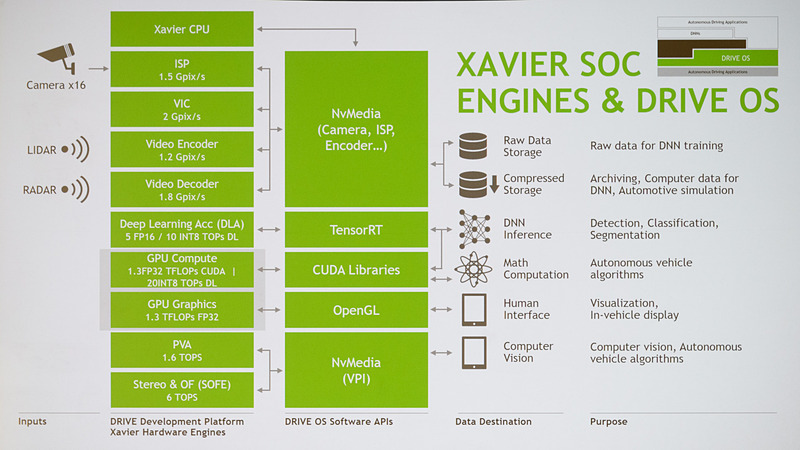And part of the discussion one also needs to consider RTX-Optix-Tensor cores from a Quadro perspective; very difficult to cut the overlap between Geforce/Quadro/Tesla until one drops below the Gx104 range.You mean Tensor-cores? That's actually highly likely option (along with cutting DP-speed as usual) - was the most likely option until they revealed RTX which seems to utilize Tensor-cores
And then like you say there is the Gameworks integration work including the Tensor cores; a lot of effort and resources if they did not intend to keep this for at least the high performance segment (Gx104 and higher) unless this is just more of a tech introduction until evolution after what comes out this year in terms of gaming dGPUs.
Weighing everything up to me seems quite possible it would be included in some form but one aspect to consider is the relationship between Tensor cores/SM/GPC-TPC and there may be a technical deciding factor also on limitations on how reduced the architecture can be for it to be worthwhile.
Context current Nvidia architecture designs and model differentiations so why it could be limited to Gx104 or maybe only even higher for now, along with price consideration for such functionality to be included but then we are back to the consideration of cost-logistics-R&D splitting Geforce from Quadro (will need Tensor cores for models) and Tesla.


